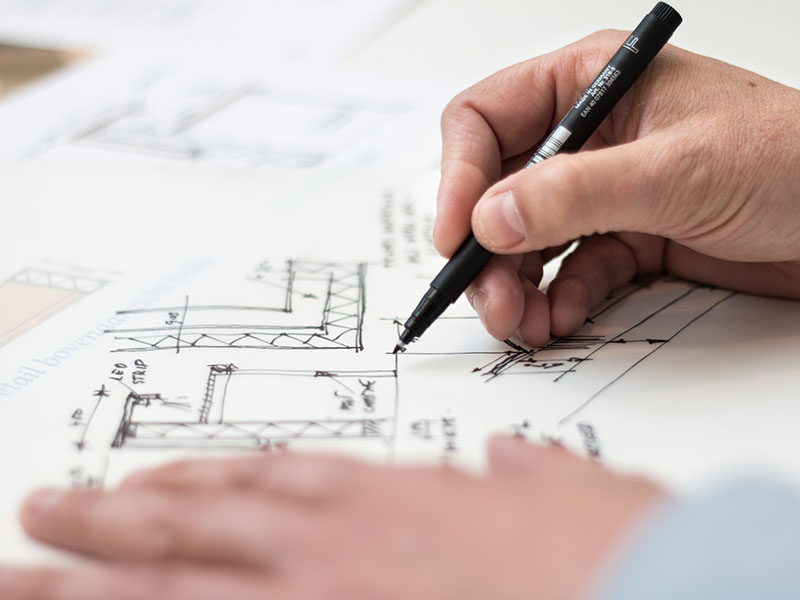By Joseph Callaway, Those Callaways
When I was a brand new agent, I met an appraiser at our first sale in escrow. I was all prepared with comps to justify our Seller’s price. I was excited.
He was a nice fella. We exchanged business cards and I began quoting how much our sale was in dollars per square foot. That’s when things began to go South.
The Man began to transform right before my eyes. You would have thought I had called his children ugly.
He explained to me, in no uncertain terms, that dollars per square foot was totally without merit and that those who quoted them were equally worthless. He went on to explain the appraisal method to me right then and there. He showed me how he found three similar nearby sales (comparables or “comps”) and then he compared all four homes side by side, making adjustments up or down for features. It is a truly wonderful method, but it takes a lot of time. Doing a full appraisal on every property one considers would be tedious, which brings us back to dollars per square foot.
As a tool, dollars per square foot can get you close to a correct property value as long as you remember dollars per square foot is a tool, not a rule. As an example, let us look at the La Paz subdivision right in the heart of 85254. La Paz homes were built from 1979 to 1985 and range in size from 1,428 square feet to 2,890 square feet. If you look at the last six months of 2018, you will find that 17 homes sold at an average price of $215 per square foot. So, if you are pricing a home in La Paz do you just multiply the $215 per square foot by the size of the home and out pops a price? Hardly. This average dollars per square foot only tells us a general neighborhood value. A neighborhood in Paradise Valley may average $400 per square foot and homes in the town of Maricopa average $149 per square foot.
When we look more closely at the 17 homes that sold in La Paz, we see a home that sold for only $170 per square foot and we see a home that sold for $267 per square foot. That’s quite a difference. You see, not all homes are equally cared for or equally updated. When dollars per square foot is applied as a rule, one is attempting to equalize, and all homes are not equal. Some homes face South and some homes face West. Some homes are on busy streets or corners or cul-de-sacs. Some homes are bigger than others but on the same size lot. That is why large homes average less per square foot while small homes average more.
Dollars per square foot can be a great tool as long as you realize that it is a starting point, or tool that you can use, and if you use it wisely, you can get pretty close to a correct value on a home. Just don’t say that to an appraiser.
Joseph Callaway is a senior agent with Those Callaways, a multi-generation family brokerage located in the Magic 85254 Zip Code.
Two Homes Side by Side
Lot Value on Both: $100,000.
Structure Value on Both: $100 per sq. ft.
2,000 sq. ft. House
• $100 per sq. ft. x 2,000 sq. ft. for the structure = $200,000
• $200,000 (House) + $100,000 (Land) = $300,000 Total
• Yielding $150 per sq. ft.
1,000 sq. ft. House
• $100 per sq. ft x 1,000 sq. ft. = $100,000
• $100,000 (House) + $100,000 (Land) = $200,000 Total
• Yielding $200 per sq. ft.





